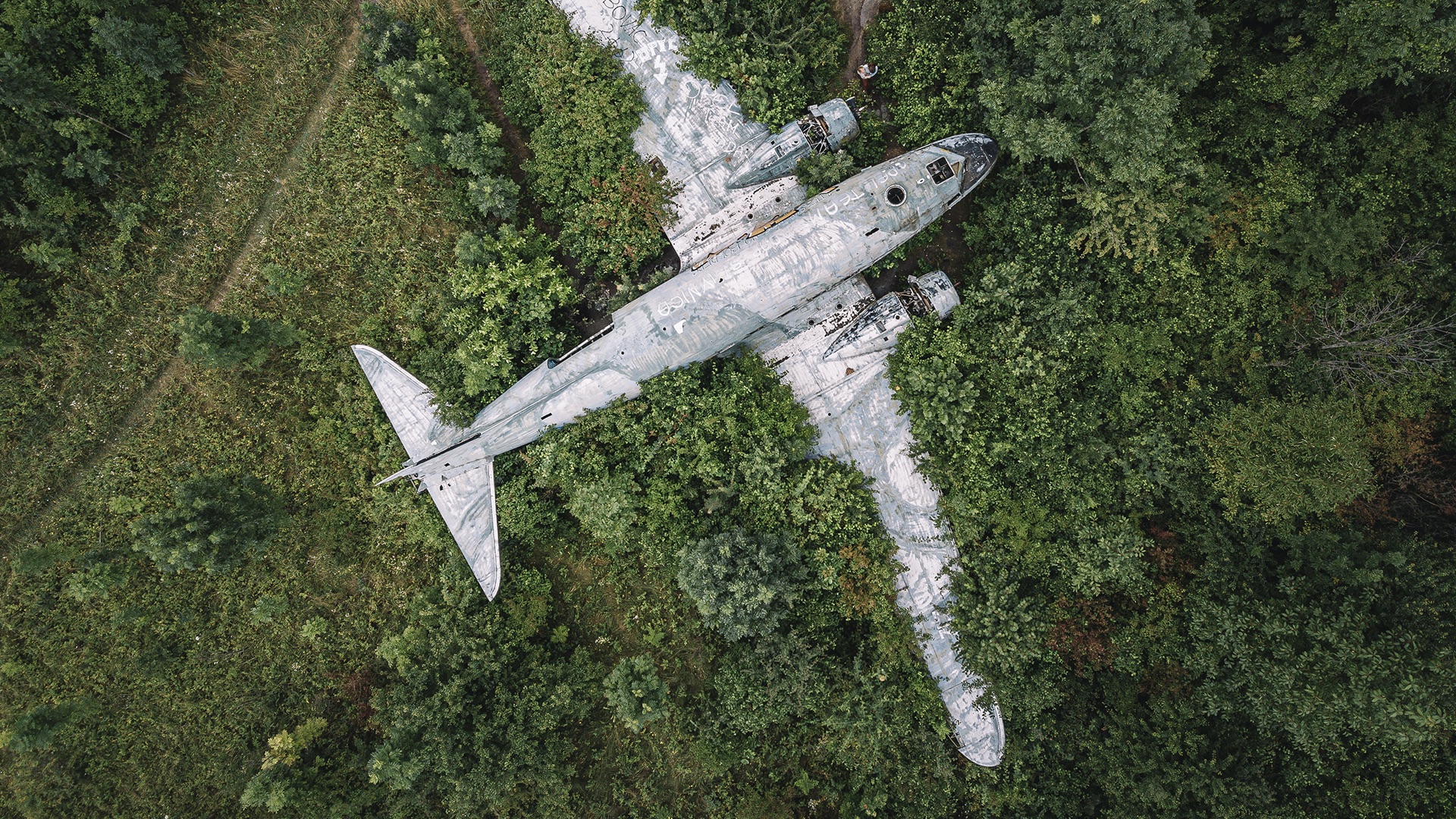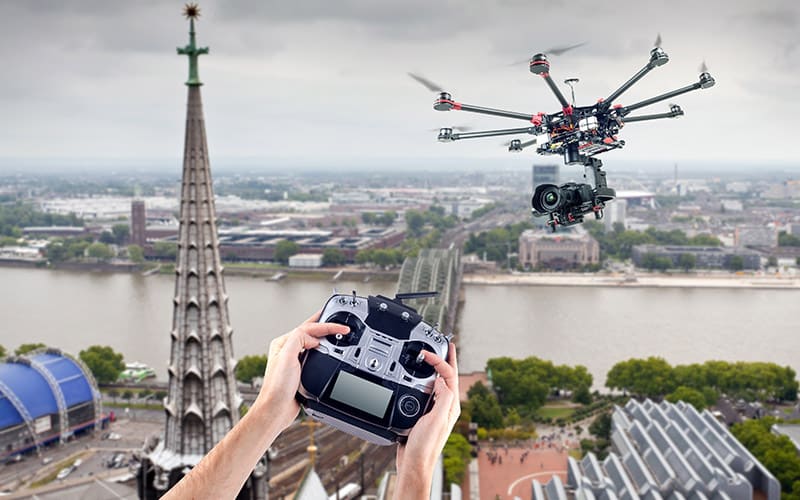Transform Your Perspective: The Art and Scientific Research Behind Drone Photography
Drone digital photography stands for a considerable junction of imaginative vision and technical innovation, making it possible for makers to capture point of views formerly unattainable. Comprehending the auto mechanics of drone technology, from equipment selections to composition strategies, is important for attaining engaging imagery. In addition, factors to consider such as lighting and environmental problems can greatly influence the last outcome. As professional photographers refine their abilities in both aerial method and post-processing, they unlock a richer narrative capacity. What truly differentiates effective drone photography from simple airborne photos? Exploring this question exposes much deeper insights right into the craft and its evolving landscape.
Recognizing Drone Modern Technology
Recognizing drone modern technology is important for anyone interested in harnessing its capacities for digital photography. Drones, or unmanned aerial lorries (UAVs), depend on a combination of hardware and software program to achieve flight and capture images. At their core, these tools are equipped with sensors, electronic cameras, and navigation systems that enable them to fly autonomously or be controlled from another location.
The key components of drone modern technology include the trip controller, which functions as the brain of the drone, refining information from numerous sensors to ensure steady flight. In addition, general practitioner modern technology plays a critical function in navigation, enabling drones to follow pre-defined trip paths and keep their placement even in challenging conditions.

Furthermore, recognizing the regulatory landscape bordering drone usage is important, as it regulates where and how drones can be operated, guaranteeing safety and conformity. Knowledge with these aspects of drone technology empowers professional photographers to maximize their imaginative possibility while sticking to lawful standards.
Crucial Tools for Drone Digital Photography
Selecting the right equipment is vital for accomplishing phenomenal lead to drone photography. At the heart of this configuration is the drone itself, which must be chosen based upon trip security, cam quality, and convenience of usage. Popular designs often include integrated high-definition cams that capture stunning airborne photos.
Along with the drone, buying a high-grade video camera is essential. Numerous drones come geared up with video cameras efficient in capturing in 4K resolution, but for professional-grade outcomes, think about a drone that permits for compatible video cameras or supports bigger sensors. This versatility can dramatically boost photo top quality.
Stabilization is one more crucial element. A three-axis gimbal is suggested for smooth footage, decreasing resonances that can detract from photo clarity. Moreover, extra batteries and a reliable charger guarantee extended trip time, permitting more extensive shoots.
Understanding Make-up Techniques
Understanding composition methods is basic to raising your drone photography from regular to phenomenal. A well-composed photo captures the audience's focus and conveys an effective narrative.
Among the important concepts to consider is the guideline of thirds, which includes dividing your structure into a grid of nine equal components. Placing crucial elements along these lines or at their crossways produces visual interest and balance. Furthermore, leading lines can assist the customer's eye via the photograph, accentuating the subject and adding deepness.
An additional effective technique is mounting, where natural environments such as structures or trees enclose the topic, boosting the prime focus. This approach not only provides context however likewise creates a feeling of intimacy within the scene.

Finally, always be conscious of the horizon line. A jagged horizon can sidetrack and detract from an otherwise fascinating picture. By grasping these structure techniques, you can considerably enhance the influence of your drone digital photography.
Illumination and Climate Factors To Consider
In drone digital photography, the interplay of illumination and weather condition can drastically influence the top quality and mood of your photos. Ideal lights problems are crucial; the gold hours-- soon after sunup and prior to sundown-- provide soft, diffused light that boosts shades and reduces harsh shadows. Throughout these times, the landscape shows up more vibrant and dynamic, permitting impressive aerial shots.
On the other hand, overcast skies can create a flat, soft combination, yet they can also provide also lighting that lowers comparison and highlights details in the atmosphere. This can be beneficial for capturing structures in city setups or complex patterns in nature.
Climate condition, such as rain, haze, or snow, can likewise include distinct components to your digital photography. Fog can produce a sense of secret, while rain can boost colors and saturate the landscape. It is crucial to take into consideration the safety of your drone; flying in unfavorable weather condition conditions can lead to tools damages or loss of control.
Eventually, recognizing just how illumination and climate influence your aerial shots permits you to choose the perfect problems for your drone photography, making certain visually striking and engaging pictures.
Post-Processing Tips and Tricks
After capturing sensational airborne photos, the following action includes refining those shots with post-processing. This critical stage boosts the aesthetic influence of your photographs, allowing you to highlight the one-of-a-kind perspectives that drones provide.
Begin with Full Article software application devices like Adobe Lightroom or Photoshop, which use durable editing capacities. Begin by remedying exposure and white balance to ensure that your colors show up true to life. Use pie chart checks to accomplish optimum illumination levels, avoiding overexposure or loss of detail in shadows.
Following, enhance contrast to add depth to your pictures. Adjusting clarity can sharpen crucial information without introducing noise, which is especially helpful in aerial shots where appearance plays a substantial role. Don't shy away from chopping; this can assist focus the viewer's interest on the primary topic.
Shade grading you could try this out is an additional effective tool. Trying out saturation and vibrance to make the landscape pop, yet apply these modifications deliberately to maintain an all-natural look. Think about applying a small vignette to direct the audience's eye toward the facility of the image. By understanding these post-processing methods, you can elevate your drone photography to brand-new heights.
Conclusion

What truly identifies efficient drone photography from plain airborne pictures? Several drones come furnished with cams capable of shooting in 4K resolution, however for professional-grade results, think about a drone that permits for interchangeable cams or supports bigger sensing units. By mastering these make-up strategies, you can dramatically boost the effect of your drone photography.
In drone photography, the visit the site interplay of illumination and weather can significantly affect the top quality and state of mind of your photos (real estate drone photographer). By understanding these post-processing methods, you can raise your drone digital photography to brand-new elevations